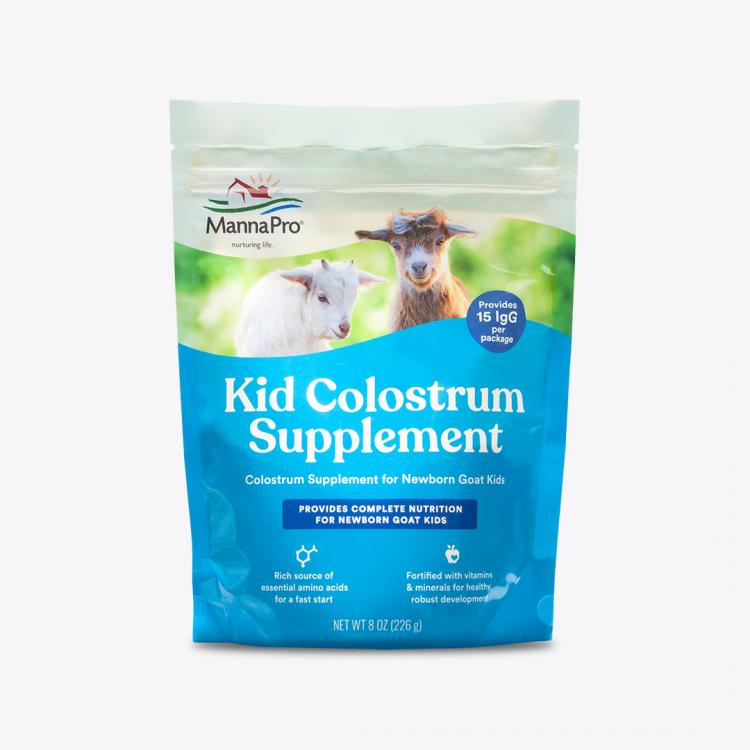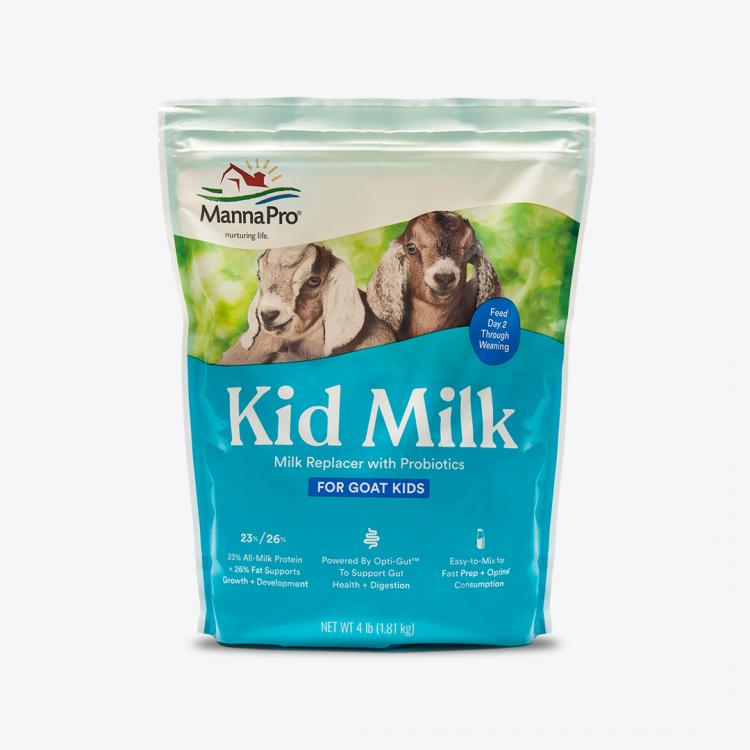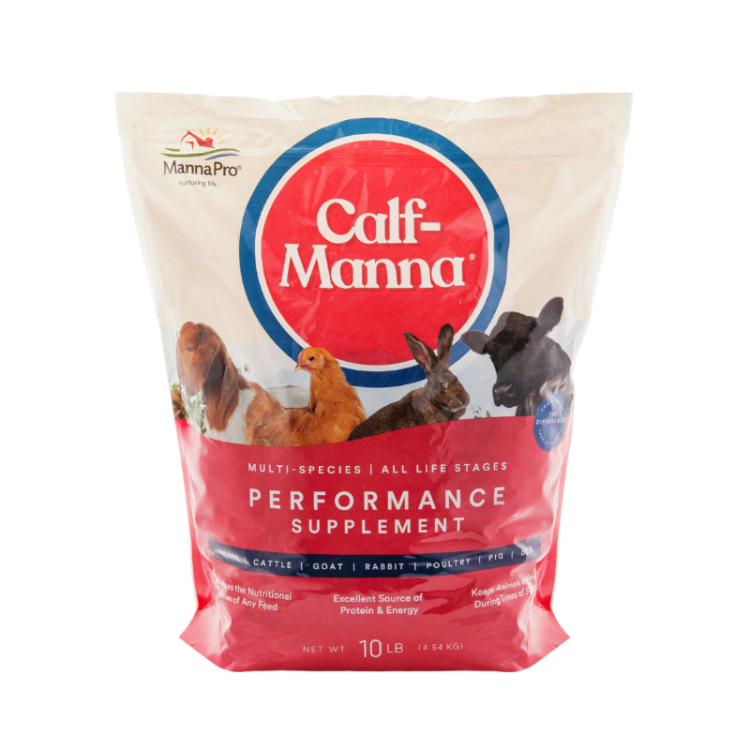Posted by Jennifer Sartell, Professional Homesteader & Blogger, Wed, Mar 18, 2015

At our farm, we try to do all we can to ensure a calm and healthy environment for our does to kid. Certainly, goats can give birth in all sorts of conditions, but if we can do something to make it easier or more successful, we will certainly try.
While you want to provide an area that’s comfortable for your doe, you also have to provide a safe place for kids to reside with their mother.
Why and When to Separate Your Doe
If you keep only a couple of goats that have a special bond, as goat pairs often do, then you may not need to separate your doe from the herd. We keep ten goats, a mix of dairy and fiber breeds. They can get rambunctious and are very nosy, so to limit the chaos during a birth we separate does that are in labor.
It’s important for mothers to share a special, intimate bond with their new babies. She needs time to clean the newborn, encourage it to nurse, consume the placenta (which is very healthy and normal), and rest her body. We as caretakers also need to be able to do things like assist with abnormal deliveries, tie umbilical cords, and provide care to both dam and newborns without other goats trying to get through the gate, jumping up to see what we have, stomping on newborns, etc.
We usually prepare the kidding stall about two weeks before the doe’s due date so that it’s ready should she go into labor early. We don’t separate her from the rest of the herd until she is in active labor.
When our does are getting close to their time, we check them every six hours for signs of labor. Signs might be softening of the pin bones, contractions or leaking from the vulva.
If your doe seems stressed by being separated from the herd, then let her be with whichever goat she’s most comfortable with. We have a pair of Nubian sisters that get very stressed when separated.

The Physical Pen
For our kidding pen, we use an extra empty stall in our barn. If you don’t have multiple stalls, a makeshift area can be constructed out of heavy pallets or plywood.
Our birthing stall also doubles as our kid pen, which we use to separate the kids from their mother so we can milk her. We keep our kids with their mother full-time for at least six weeks. After that, if the kids seem to be taking an interest in hay, we separate them at night and milk the dam in the morning for our own use. When you construct the pen, it should be baby goat–proof. Make sure that the fencing or walls are secure and baby goat heads and legs can’t get caught. They are masters at escaping through small areas, so be sure to seal up any cracks.
Even though our kids will be nursing, we give them access to hay, water, and minerals at a very early age, so all feed buckets, mineral blocks, and mangers have to be placed at tiny goat height. If you use buckets that hook over a board, be sure to lower the boards so that baby goats can reach the feed and water. We use a shallower water bucket to prevent drowning or hypothermia in case the baby were to fall into the water.

If you’re still experiencing cold weather when the dams are due, secure the pen against drafts. Fold blankets over open wire fencing or place plywood boards up to block out drafts.




